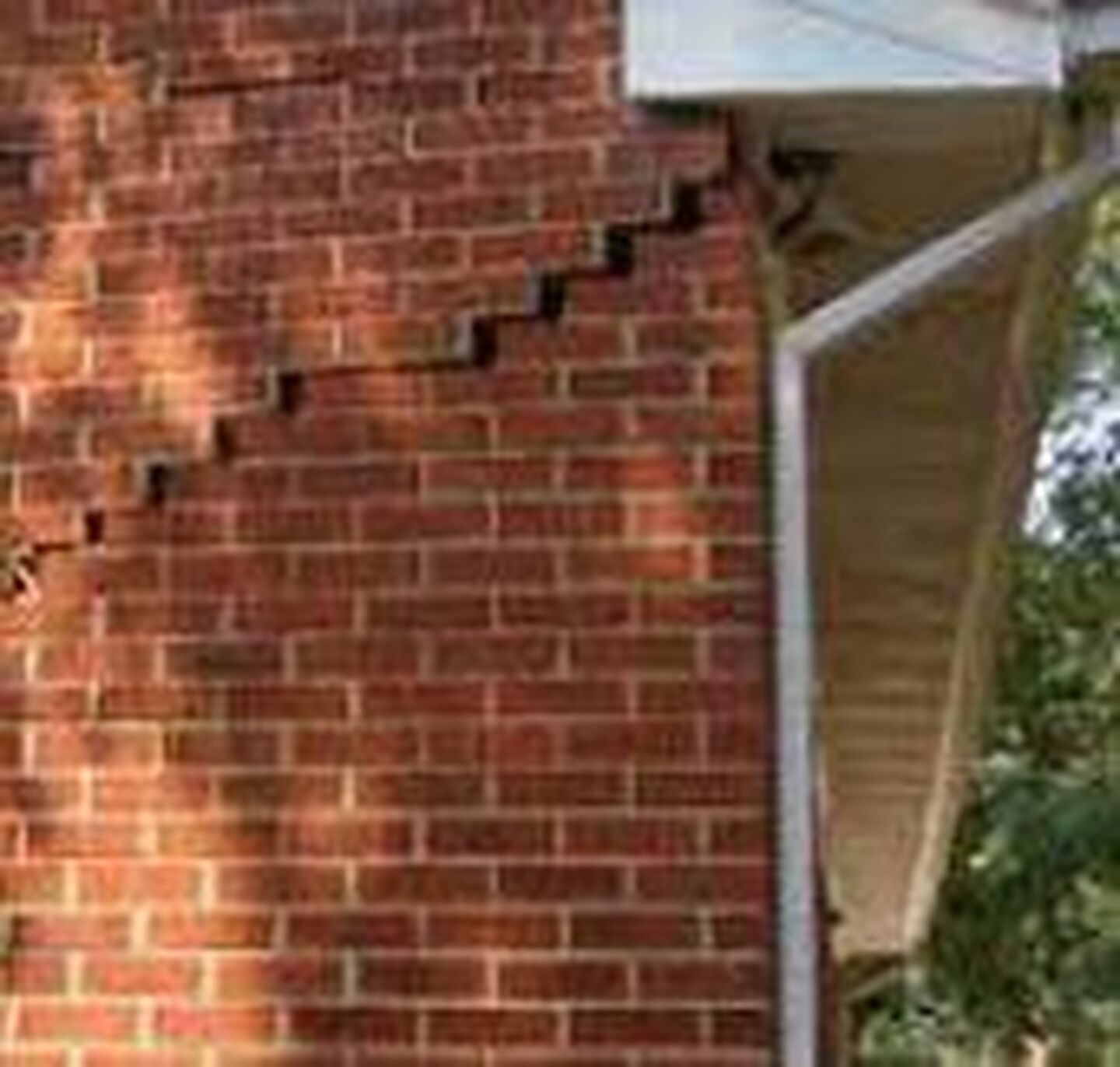Structural Foundation Damage: Guide to Spotting Signs for Homebuyers

There are lots of things to consider when buying a new home:
Are the schools good?
How high are the property taxes?
What will my commute to work be like?
All very practical considerations for any homebuyer but a smart buyer won’t stop there. Of course they’ll hire a home inspector to tell them if there’s anything wrong with the house but they’ll do themselves a big favor if they do a little inspecting on their own.
Structural foundation damage is one of the most serious things that can happen to a house; it can range from fairly minor to catastrophic. Prospective homebuyers who are equipped with knowledge of what to look for can better understand an expert’s explanation of what needs to be fixed or walk away from a costly mistake before it happens.
Interior Signs of Structural Foundation Damage
When a foundation has suffered structural damage, there will be clear signs on the interior, both in the basement and in the aboveground structure.
In the basement:
- Concrete block or masonry walls bow or bulge in the middle
- Poured concrete walls show cracks more than 1÷8” wide, running at an angle from the corners and/or horizontally across the middle of the wall
- Water seepage
- Walls are out of plumb
- Floor is not level
- Signs of separation between the foundation wall and the sill plate of the aboveground structure
In the house itself:
- Sticking doors
- Windows that won’t open or close properly
- Cracks in drywall, especially those emanating from the upper corners of doors and windows
- Uneven, out-of-level floors
- Walls are out of plumb.
Exterior Signs of Structural Foundation Damage
Exterior signs of damage include:
- Cracks running in a stair-step pattern in exterior brick or stonework
- Building elements like chimneys or additions separating from the rest of the structure
- Gaps around doors or windows
- Fascia board or other trim pulling away
What Do All the Signs Mean?
There are two basic types of structural foundation damage: walls destabilized due to lateral pressure from swollen soil or settling and a dropped or sunken foundation due to soil compaction or desiccation.
The first is arguably the less serious of the two and can usually be repaired by stabilizing the wall with carbon fiber strips (if detected before too much movement has occurred) or steel (if the movement is significant.) Damage left unrepaired for a long time may mean that a wall must be rebuilt. Bowed or bulging block or masonry walls or cracked poured concrete walls are indicative of a destabilized wall, as is a concrete wall that is out of plumb. Upstairs windows and doors are misaligned above the affected section of foundation and water seepage often occurs.
When a foundation drops, the problem is serious and requires major repair — underpinning is required to raise the foundation back to level and stabilize it there. Basement floors will be out of level and walls out of plumb and there may be significant cracking of both floors and walls. Seepage is likely to be present. Outside, major cracking of stone or brickwork and large gaps around windows and doors and separation of chimneys and additions will be noticeable.
If either has occurred, the prospective homebuyer need not be scared away from the purchase but should approach it armed with an accurate estimate for repairs that will be part of the price negotiation. Even the worst structural foundation damage can be permanently repaired and make the house into a stable and secure home for generations to come.
Whether you are buyer or seller or ongoing homeowner, repairing a foundation is no do-it-yourself job; you’ll need expert help. The foundation repair experts at U.S. Waterproofing have the best and most current methods of repair at their disposal and base all their recommendations on engineering data and detailed inspection and not a “good eye for foundations.” Why not ask for a free consultation?




